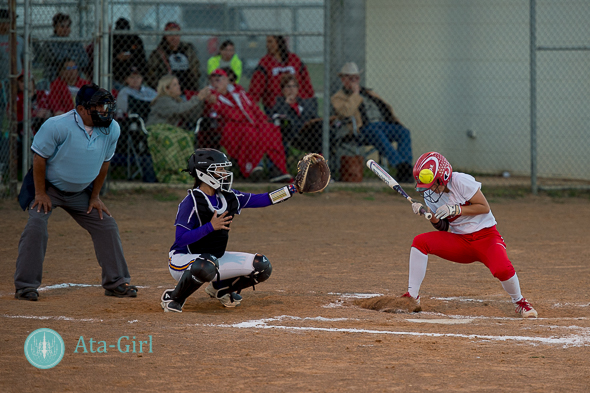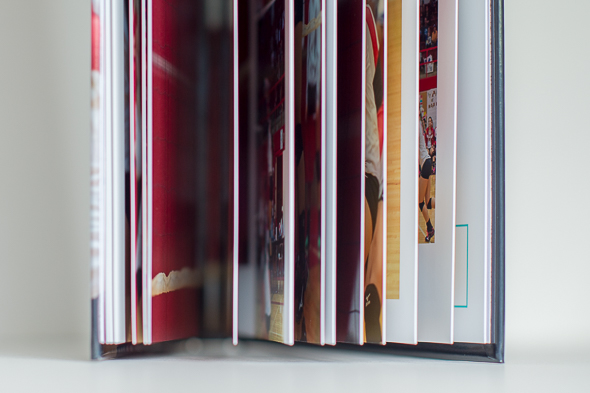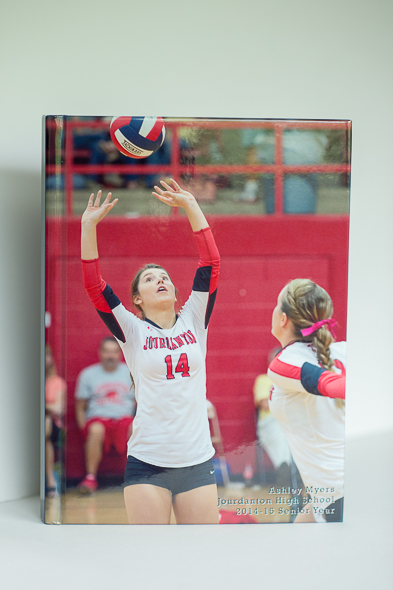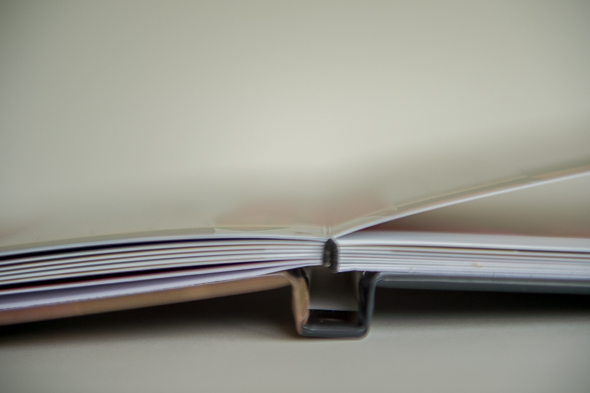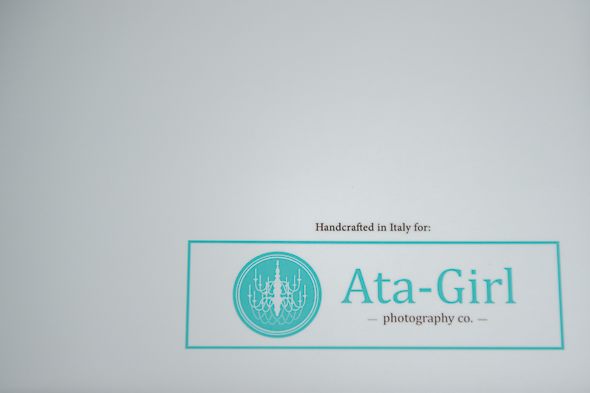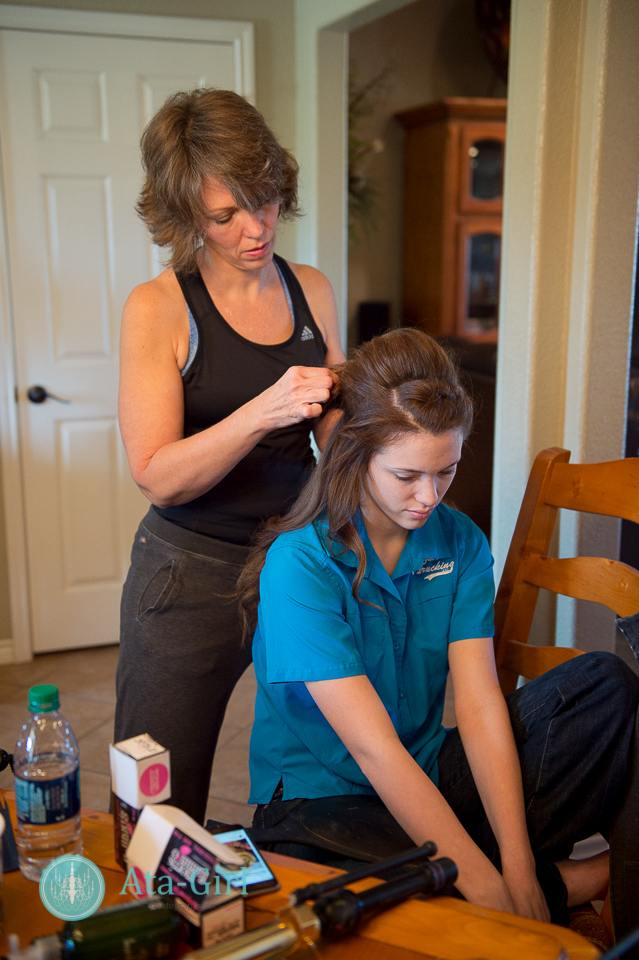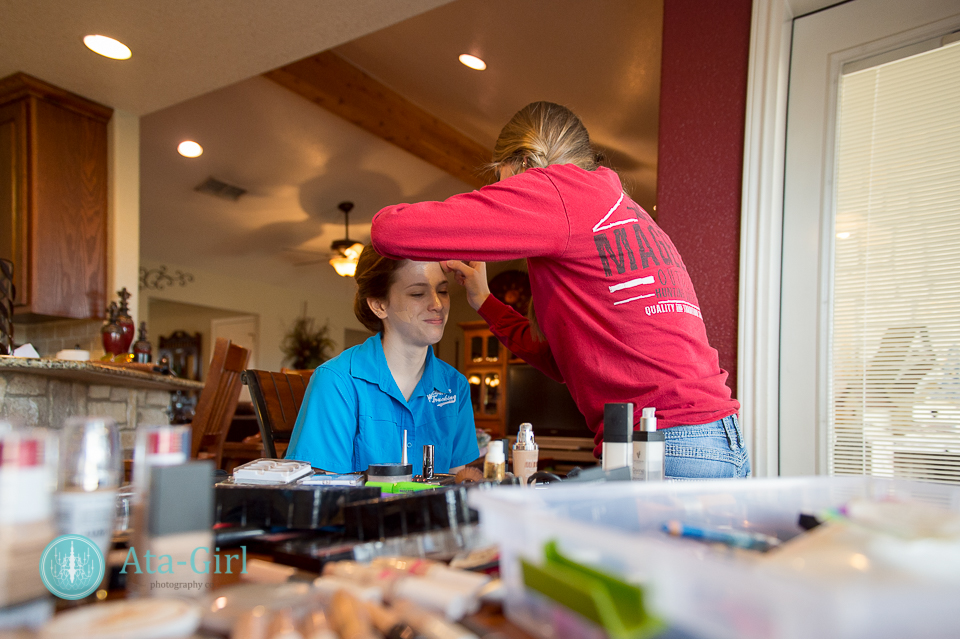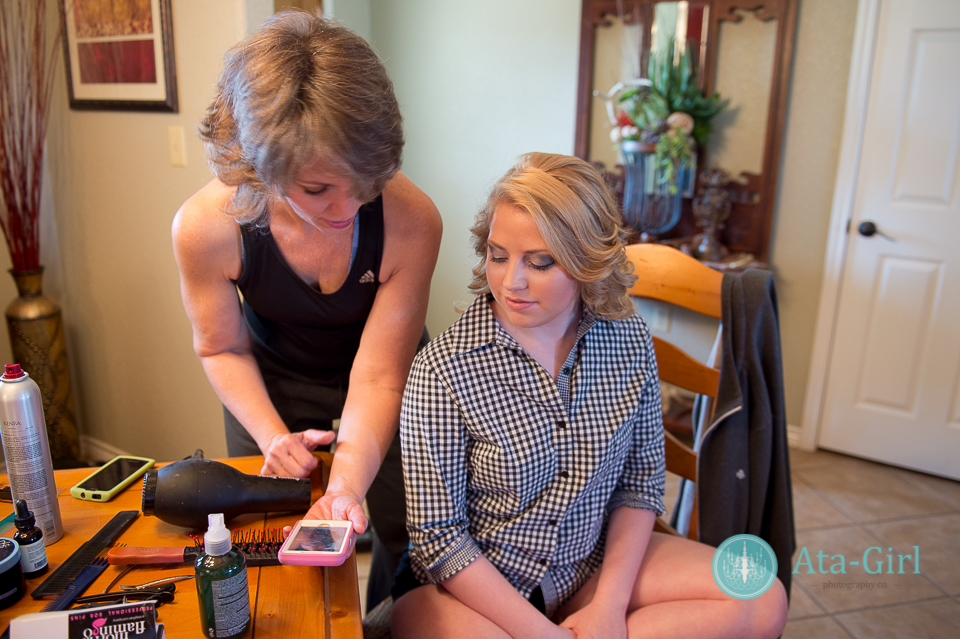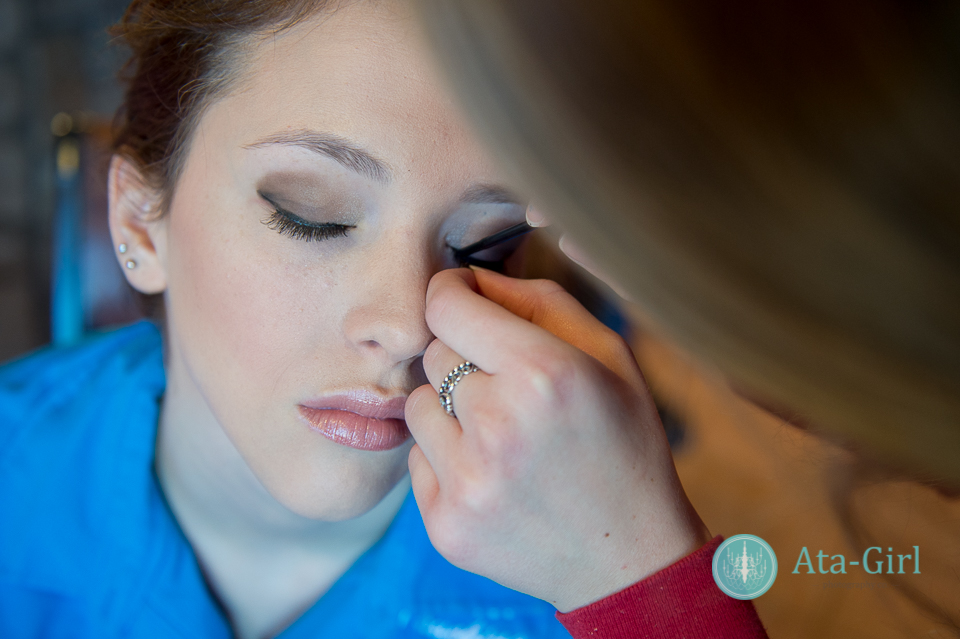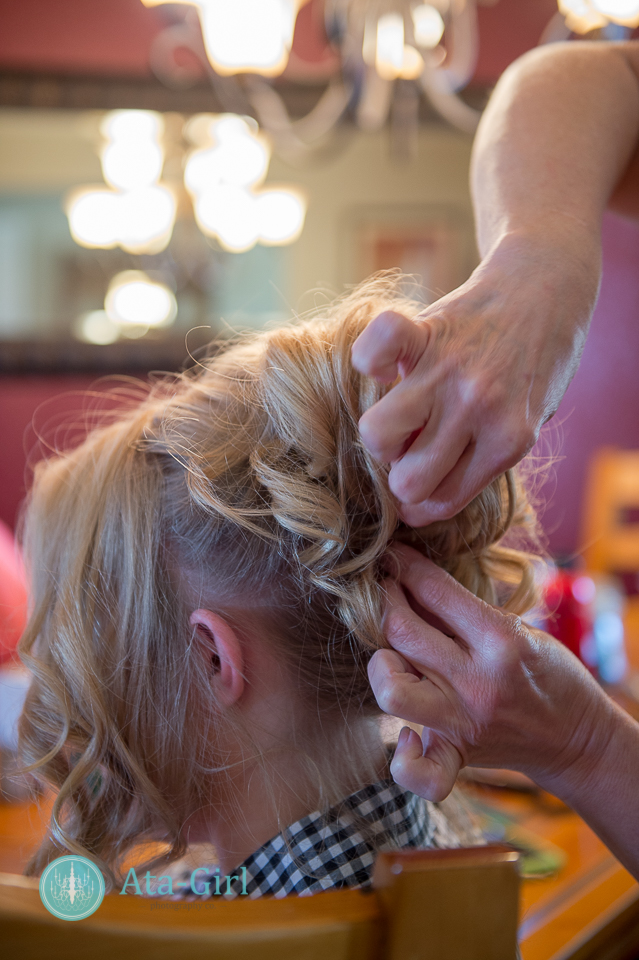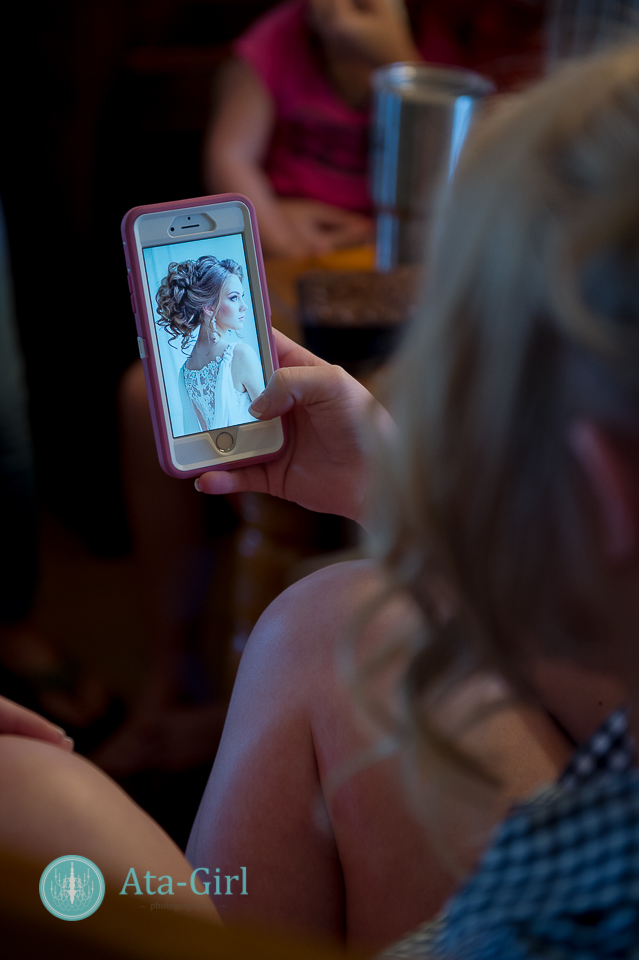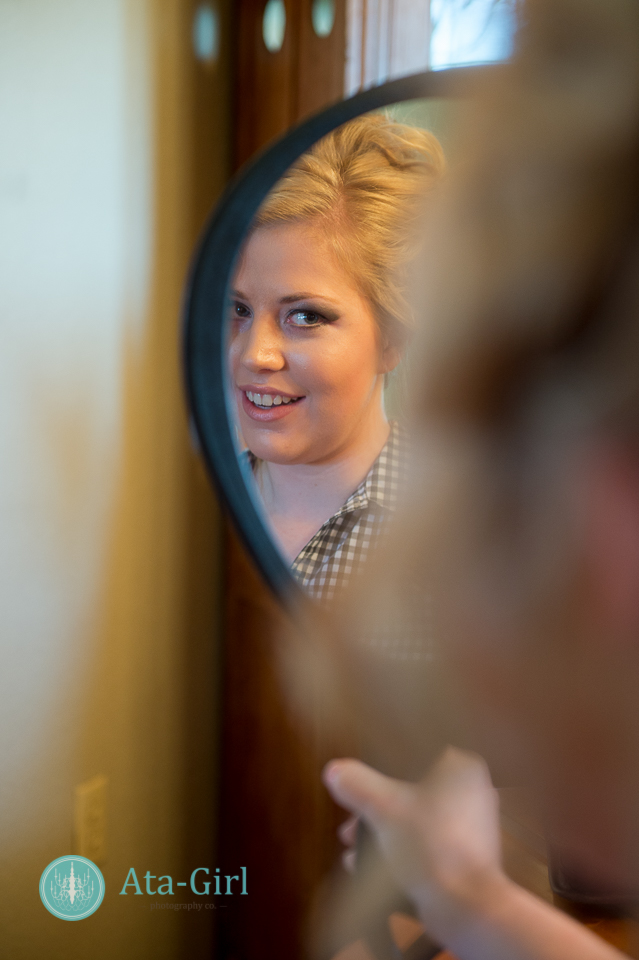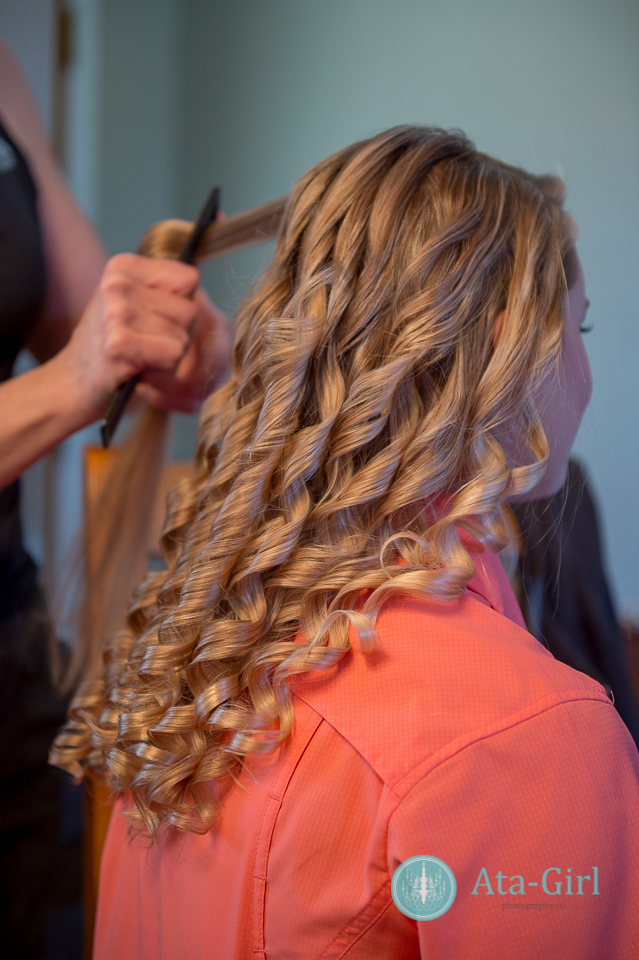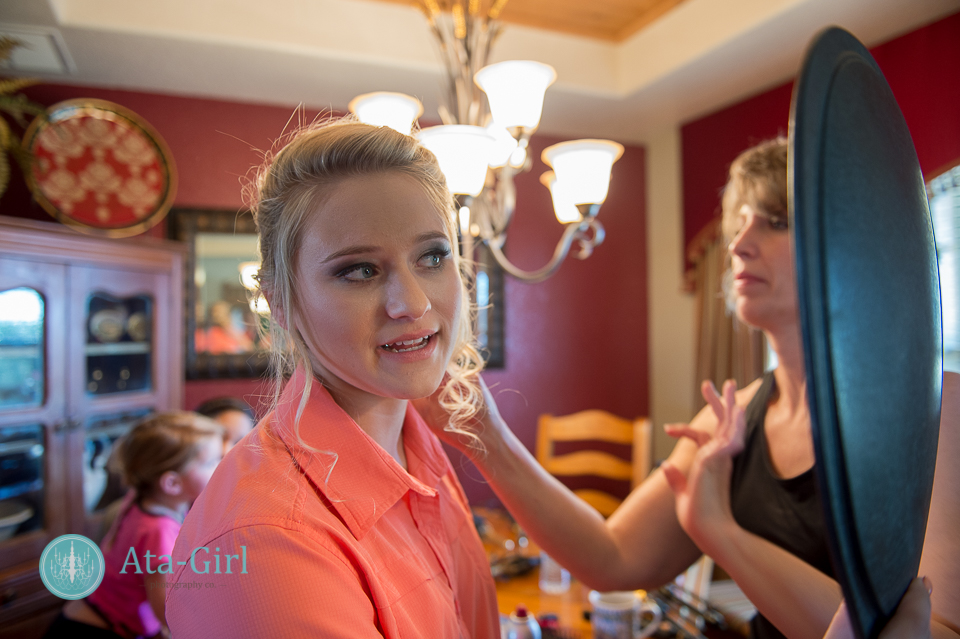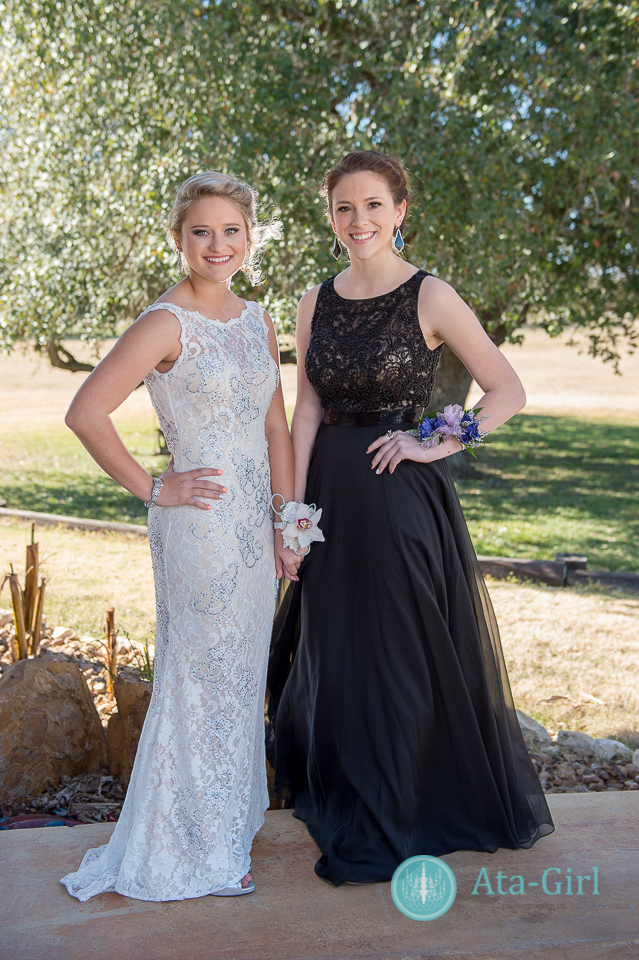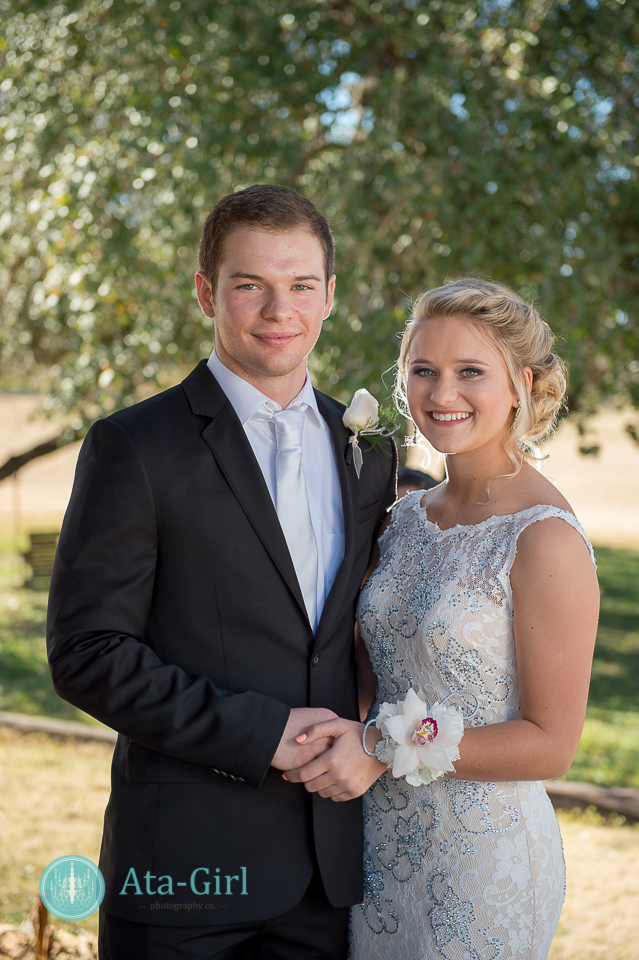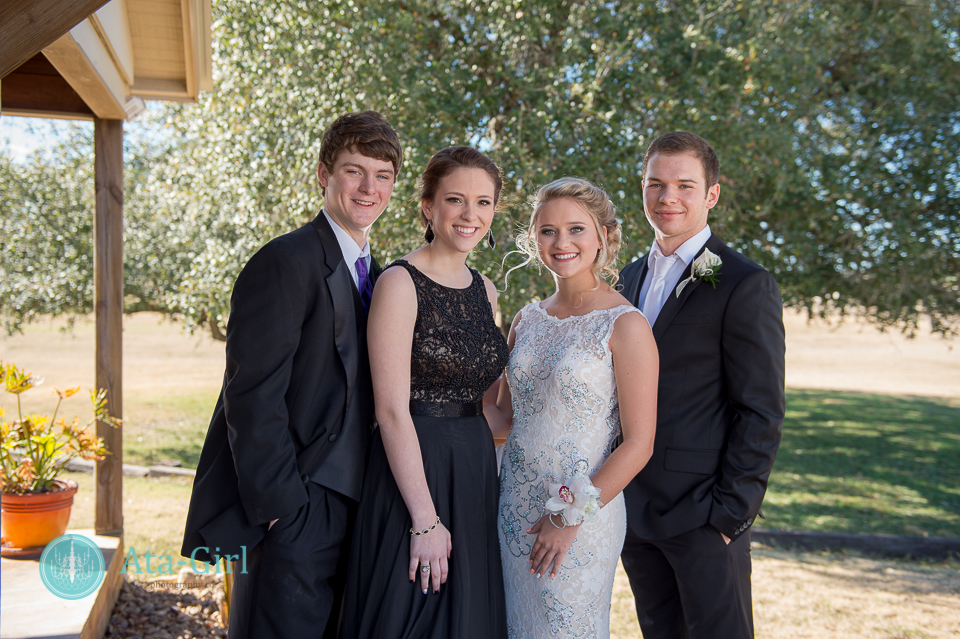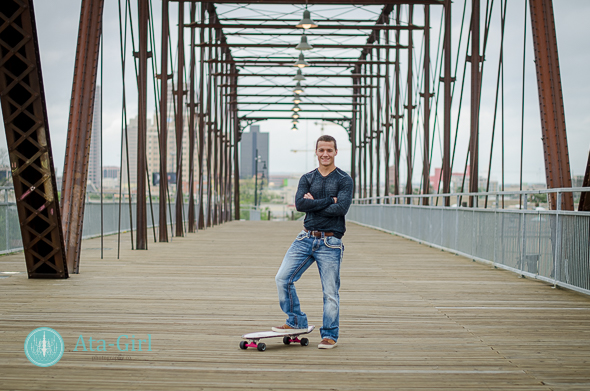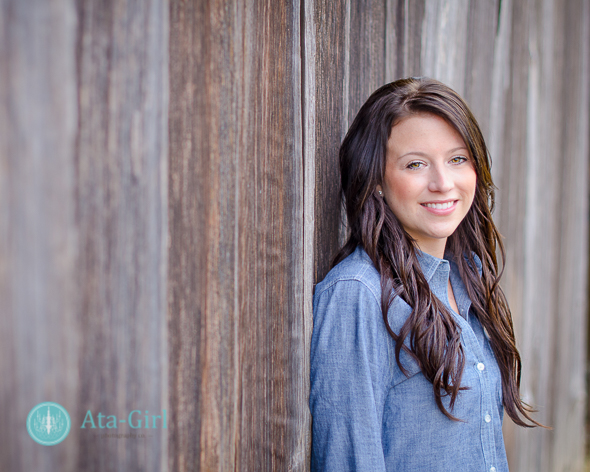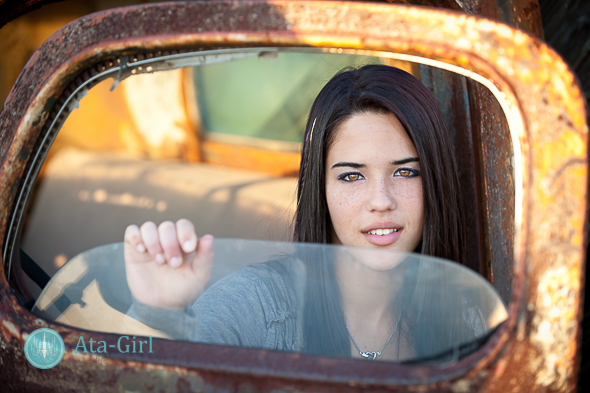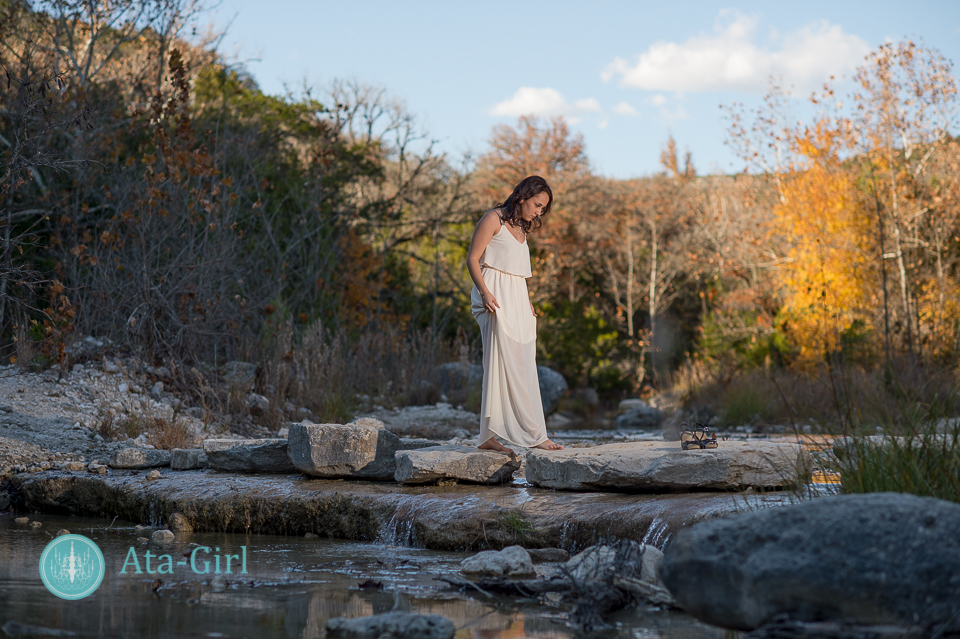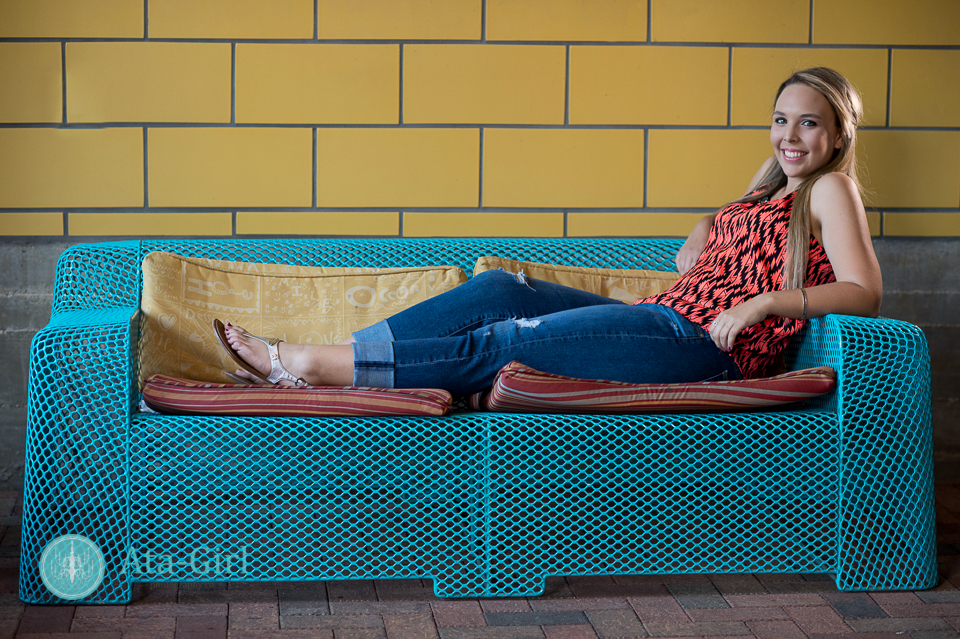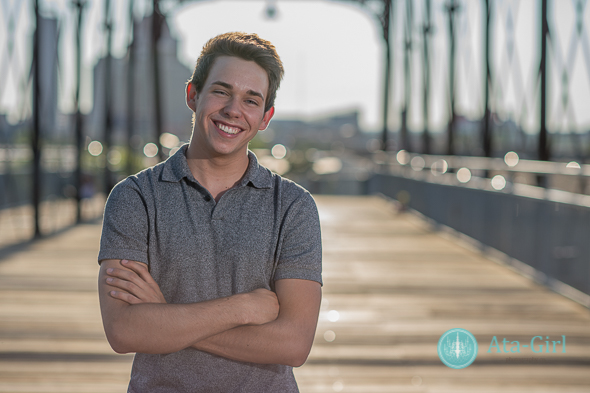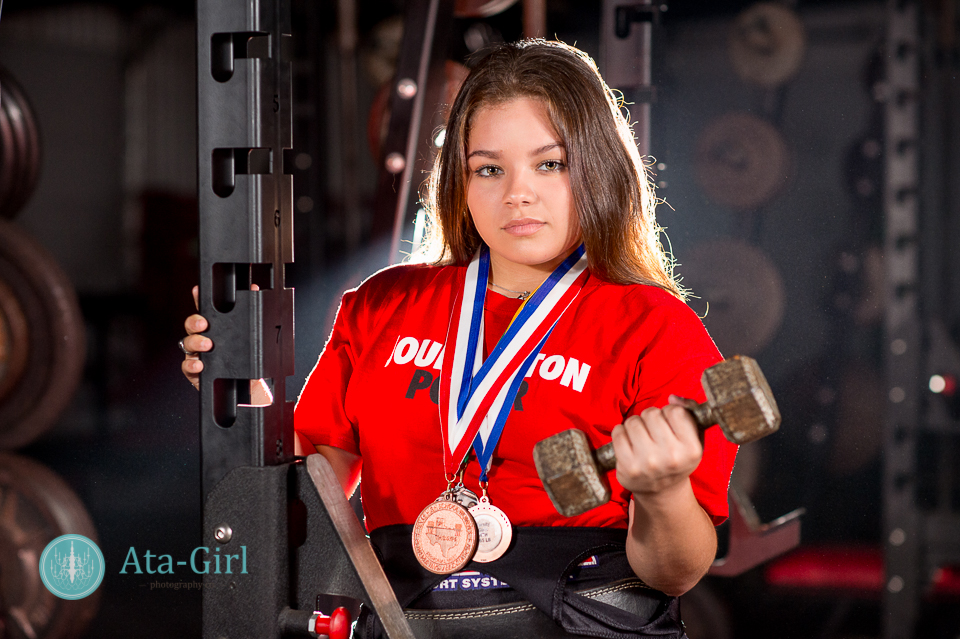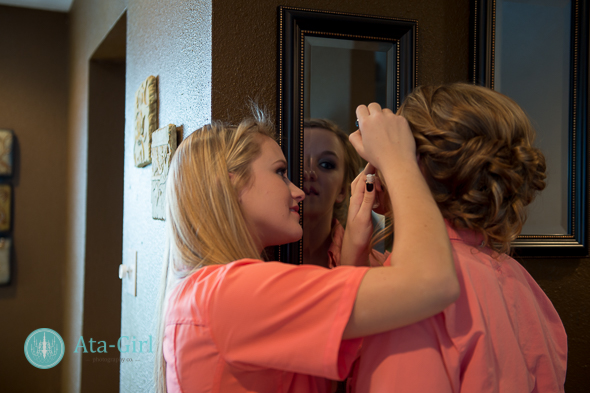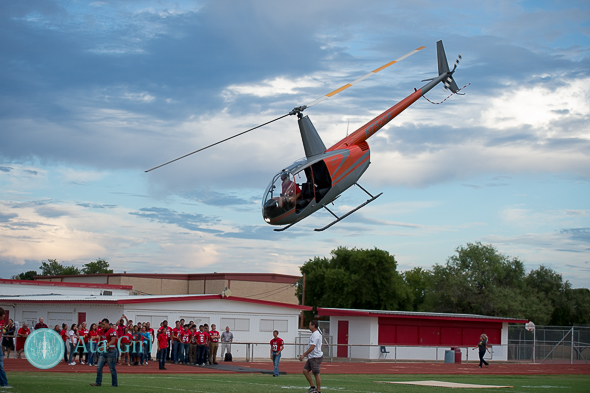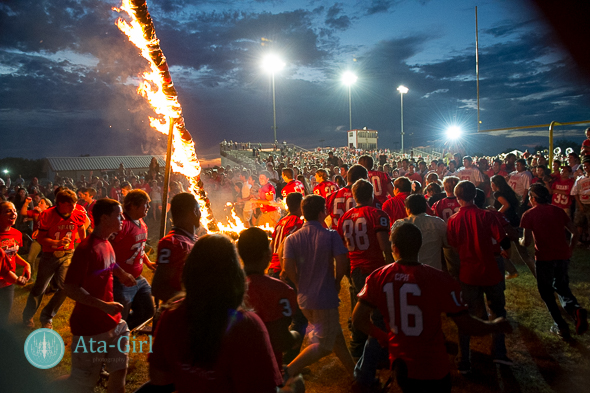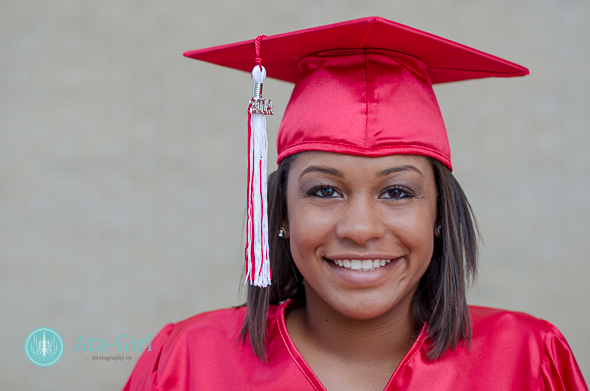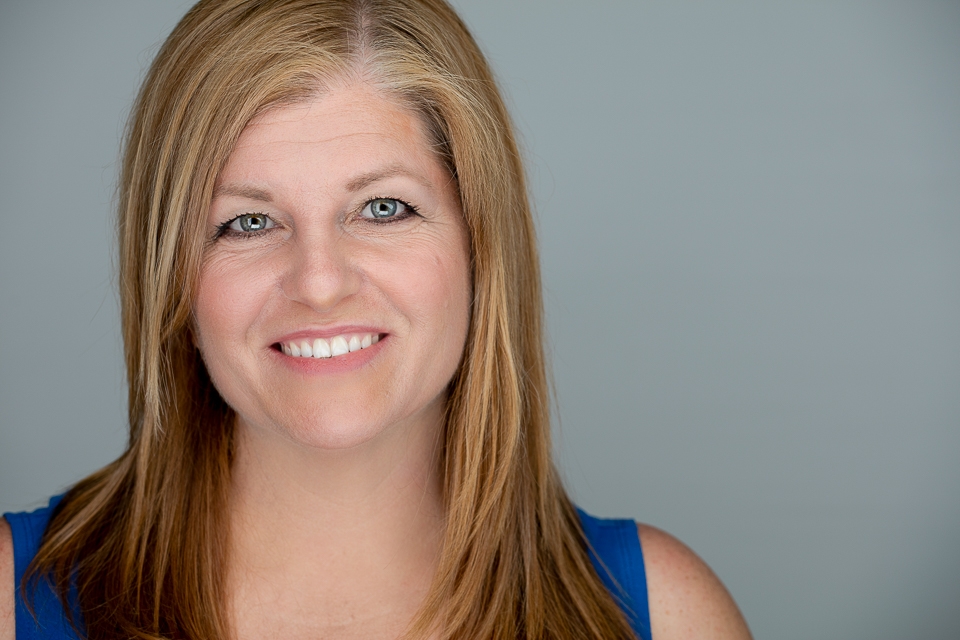Here are some tips for taking your own senior portraits. While I don’t personally recommend it, there are a few reasons why you might want to consider taking your own senior portraits. Your reason might be one of the following:
- Your parents don’t see the value in hiring a professional for a customized experience.
- You are an artistic person and want to test your creativity and your vision.
- You went the big box studio route, and didn’t like the outcome.
- You didn’t plan well and there are no availabilities with your favorite senior photographer.
- You don’t have access to or know of a local professional senior photographer.
- You do have access to a local photographer, but don’t like their style.
- You missed picture day at school.

Taking Your Own Senior Portraits
[Tweet “Tips for Taking Your Own Senior Portraits”]
Here are nine tips for taking your own senior portraits:
- Equipment. Use the best equipment you have access to. These days, almost everyone has a consumer-level camera. If your family doesn’t own one, arrange to borrow one. Better yet, rent one! For as little as $63/week (including the lens), you can have access to better equipment to create better images. If you add on the insurance, you don’t have to worry about accidentally breaking your neighbor’s camera and you’re still not even spending $100. (You may need a parent (over 21) with a credit card to help you rent.)
- Practice Shooting. Once you figure what equipment you’ll be using, make sure you know how to use it. Spend at least two or three days practicing. Make sure you can focus it sharply and get a good exposure. If your images are not tack sharp, well, they will just be awful. Most modern cameras are pretty decent getting a good exposure in well-lit situations simply by using the Automatic (A) or Program (P) settings. Since you’re not a professional, use one of these settings. You will need to read the manual and learn how to focus by using a single focal point. Letting the camera decide what to focus on will only let you down and will not result in tack sharp images.
- Plan. Decide when and where you will take your portraits. Decide what you’ll wear. Choose clothing that isn’t too trendy and doesn’t have words, sayings or graphics on it. Don’t choose clothing that is either too tight or too loose. And please, please do not use live train tracks as your backdrop. Not only is it very unsafe, it is illegal. In fact, be safe no matter what backdrop you choose.
- Assistant or Tripod? Decide if you will place your camera or phone on a tripod and use the timer OR if you will use an assistant (friend with a steady hand) to press the shutter button. The biggest thing to remember here is that IF you ask a friend to press the shutter button for you, they instantly become the legal owner of the copyright to your images. By law, they decide if and when you can reprint them and for what price. They decide if you can purchase or have the digital negatives. They even decide if you can edit them.
- Look for Good Lighting. It takes years to master lighting skills, but here are a few key things to know. Shooting with your back to the sun will blow out your background, and facing the sun will make your eyes squint. Instead, avoid harsh light by looking for open shaded areas to shoot in. If you shoot under trees, make sure the light on your face isn’t dappled or spotty. DO NOT use the pop up flash!
- Practice Posing. There are many rules about posing—too many to detail here. But the most important ones are make sure your posture is good and be conscious of what your hands and feet are doing. Club hands, claw hands, limbs that look like they have been amputated, and unnatural stances are huge no-nos. Sit up straight and make sure you feel you’re in a natural position.
- Framing and Composition: Just like with posing, there are a lot of rules about framing and composition. Be sure not to put yourself dead center in the frame each time… actually hardly ever. If you’re offset in the image, it usually adds interest to the photo. Be sure to get many different angles. Be sure to get full-body shots, three-quarter shots, waist-up shots and some close ups of your gorgeous face and smile. Look for interesting backgrounds that won’t be distracting.
- Retouch. Professional software is very expensive, but you still need to be sure to remove any blemishes or distracting elements in the background. I’ve never used this software, but have read about many amateur photographers using this editing software. If nothing else, at least use Microsoft Paint to straighten your horizon lines. It will take some extra time, but a few hours behind your computer can improve your senior portraits immensely.
- PRINT! Now that you’ve gone through all this extra trouble, print these images. Don’t let them live out the rest of their lives on a hard drive never to be seen again and eventually lost when your computer or phone crashes or is thrown out for an upgraded model. You are the most photographed generation EVER, but will have the least amount of prints EVER. What I’m saying is that in 1880 if you took one picture, you printed it. In 1980, if you took 24 pictures, you printed 24 pictures. Today, you take thousands of pictures and hardly print any. Please print your images. Please print your legacy.
In the end, you will have better images if you had hired a reputable professional. They practice all these rules often and are more familiar with everything it takes to make a good senior portrait. But, the important thing is to document and preserve the occasion. High school graduation is not something you can (or want) to redo. Be photographed.
The post, Tips for Taking Your Own Senior Portraits, first appeared on Ata-Girl Photography Co.’s website and blog. Please feel free to comment here, or share this post with your friends via Facebook, Twitter or Pinterest. Please email me if you have any questions about this article or want to share a neat idea for a future blog post with me.



